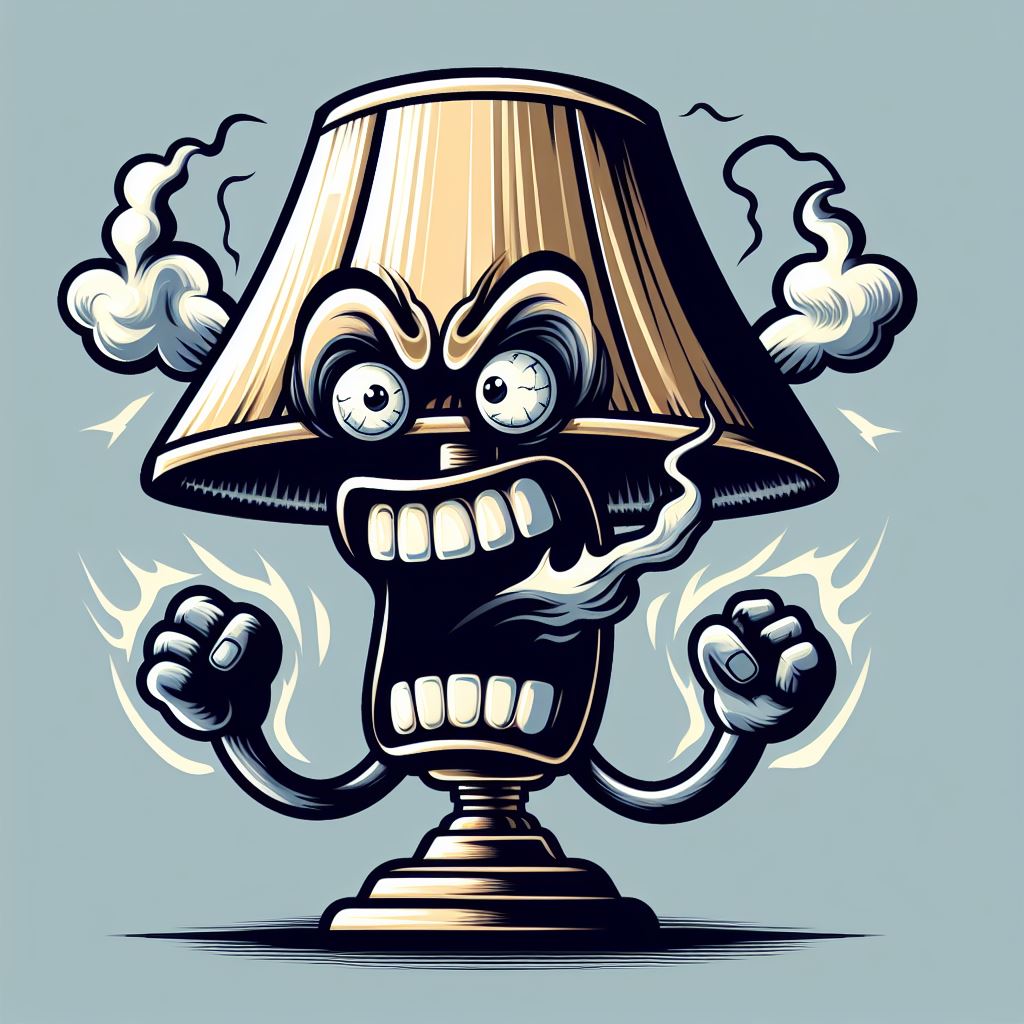Anti-literacy? Press play, and my AI voice clone will read the article to you!

In the evolving world of web development, choosing the right stack can be crucial. A stack is a combination of programming languages, tools, and frameworks. Developers use a wide variety of stacks to build web and mobile applications.
Three common stacks used in web development today are the MEAN stack, the MERN stack, and the LAMP stack.
The MEAN Stack
Components: MongoDB, Express.js, Angular, and Node.js
The MEAN stack is a JavaScript-based technology stack that's designed for developing dynamic websites and applications. One of the primary benefits of the MEAN stack is that it allows developers to write both client-side and server-side code in JavaScript, providing a streamlined and efficient development process.
MongoDB - a NoSQL database that stores data in flexible, JSON-like documents, making data integration in certain types of applications faster and easier.
Express - a back-end web application framework running on Node.js that makes building web applications and APIs faster and more straightforward.
Angular - a front-end web application framework powered by Google. It's designed to make both the development and testing of such applications easier by providing a framework for client-side MVC (Model-View-Controller) architectures.
Node.js - a JavaScript runtime built on Chrome's V8 JavaScript engine. It's designed to build scalable network applications.
The MERN Stack
Components: MongoDB, Express.js, React, and Node.js
The MERN stack is another popular JavaScript stack for developing high-end, efficient applications. It shares three technologies with the MEAN stack (MongoDB, Express.js, and Node.js) but replaces Angular with React for front-end development.
React - a JavaScript library for building user interfaces. Maintained by Facebook, it lets developers create large web applications that can change data without reloading the page, ensuring a fast, scalable, and simple development process.
The choice between MEAN and MERN often comes down to the preferred front-end framework or library—Angular offers a complete MVC framework. At the same time, React provides more flexibility with its library approach.
The LAMP Stack
Components: Linux, Apache, MySQL, and PHP
The LAMP stack is one of the oldest and most reliable web development stacks. It's an open-source software stack that's great for building dynamic websites and applications.
Linux - the operating system layer in the LAMP stack. It's widely known for its stability and security.
Apache - a cross-platform web server software. It interprets requests and delivers the website's data to a user's device.
MySQL - a relational database management system. It uses SQL (Structured Query Language) to manage and retrieve data.
PHP - a language used for server-side scripting. It is often associated with WordPres and Content Management Systems (CMS).
This stack is often seen as traditional or outdated. Especially when compared to JavaScript-centric stacks. Yet, LAMP continues to be a robust choice for many developers. This is due to its maturity, flexibility, and vast community support.
Conclusion
Choosing the right stack for your web development project depends on several factors. Different project requirements and team expertise often have a major impact. MEAN and MERN are excellent for projects using a modern, JavaScript-based approach. LAMP remains a solid, time-tested option for a wide range of web applications. Regardless of the stack you choose, the key to success lies in understanding its pros and cons.
Are you looking for a highly motivated developer to join your team? Reach out to me at sacha@smddev.ca, and let's connect!
